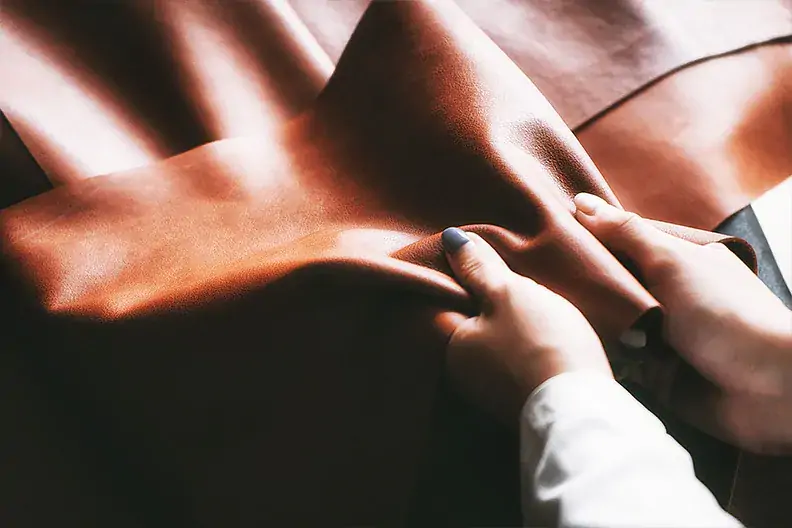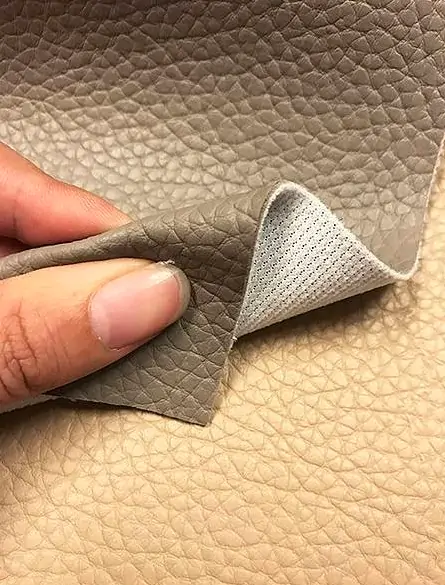In today’s fashion and lifestyle industry, the debate of real leather vs synthetic leather has become more relevant than ever. As consumers focus on quality, sustainability, and ethical choices, understanding the differences between genuine and artificial leather can shape smarter purchasing decisions.
From luxury handbags to everyday accessories, buyers often wonder whether to invest in durability or opt for affordability. The comparison of real leather vs synthetic leather offers valuable insight into what suits personal style, budget, and long-term needs.
Real leather is made from animal hides, carefully tanned and processed to ensure strength and flexibility. The natural fiber structure is what gives it resilience, making the real leather vs synthetic leather debate tilt toward genuine leather when longevity is the key factor.
Genuine leather is breathable, strong, and develops a patina that enhances its character over time. This natural aging process is one reason why many people prefer real leather in the real leather vs synthetic leather discussion.

Synthetic leather, also known as PU leather or faux leather, is a man-made material designed to replicate the look and feel of real leather. In the comparison of real leather vs synthetic leather, synthetics are often praised for affordability and wide design options.
Faux leather is water-resistant, lightweight, and available in numerous colors and finishes. When debating real leather vs synthetic leather, some consumers prefer synthetic because it is vegan-friendly and budget-conscious.

One of the biggest contrasts in real leather vs synthetic leather is durability. Real leather can last for decades with proper care, while synthetic leather often cracks or peels after a few years.
Another distinguishing feature in real leather vs synthetic leather is how the materials look and feel. Real leather has unique imperfections and a rich texture, while synthetic leather tends to have a uniform, machine-made surface.
Learning how to identify real leather is an important skill for consumers. Real leather feels warm and flexible, has a distinct earthy smell, and shows natural grain patterns, while synthetic alternatives smell like chemicals and look too perfect.
In the debate of real leather vs synthetic leather, you can also check the edges of the material. Real leather edges are rough and fibrous, while synthetic edges look smooth and plastic-like.
When analyzing real leather vs synthetic leather, cost plays a major role. Genuine leather requires skilled craftsmanship and premium raw materials, making it more expensive than synthetic.
Although synthetic products are cheaper initially, real leather offers better value in the long run. In the real leather vs synthetic leather debate, the durability and timeless appeal of genuine leather justify the higher price tag.
The sustainability argument in real leather vs synthetic leather is complex. Real leather uses animal hides and tanning processes, while synthetic leather relies on petroleum-based plastics, raising concerns about pollution and waste.
For some, the ethical choice in real leather vs synthetic leather leans toward synthetic due to vegan values, while others prefer real leather for its natural origin and long lifespan.
When selecting bag materials, real leather vs synthetic leather is an important factor. Real leather is stronger and ages well, making it suitable for luxury or work bags. Synthetic leather is ideal for fashion-forward designs with lower costs.
For buyers focused on strength, the most durable type of leather is full-grain leather, known for its unmatched toughness. In the debate of real leather vs synthetic leather, this makes genuine leather the superior choice for long-term use.
Real leather requires conditioning, protection from excessive water, and proper storage. These steps reinforce its value in the real leather vs synthetic leather comparison by ensuring decades of usability.
Synthetic leather is easier to clean and maintain but has limitations. In the real leather vs synthetic leather discussion, faux leather often shows quicker signs of wear despite lower maintenance needs.
The choice between real leather vs synthetic leather depends on your lifestyle, budget, and values. Genuine leather is best for those who want durability, authenticity, and elegance. Synthetic leather is suitable for affordability and ethical alternatives.
By understanding the differences in real leather vs synthetic leather, along with tips on care and identification, you can make informed decisions that balance cost, style, and sustainability.